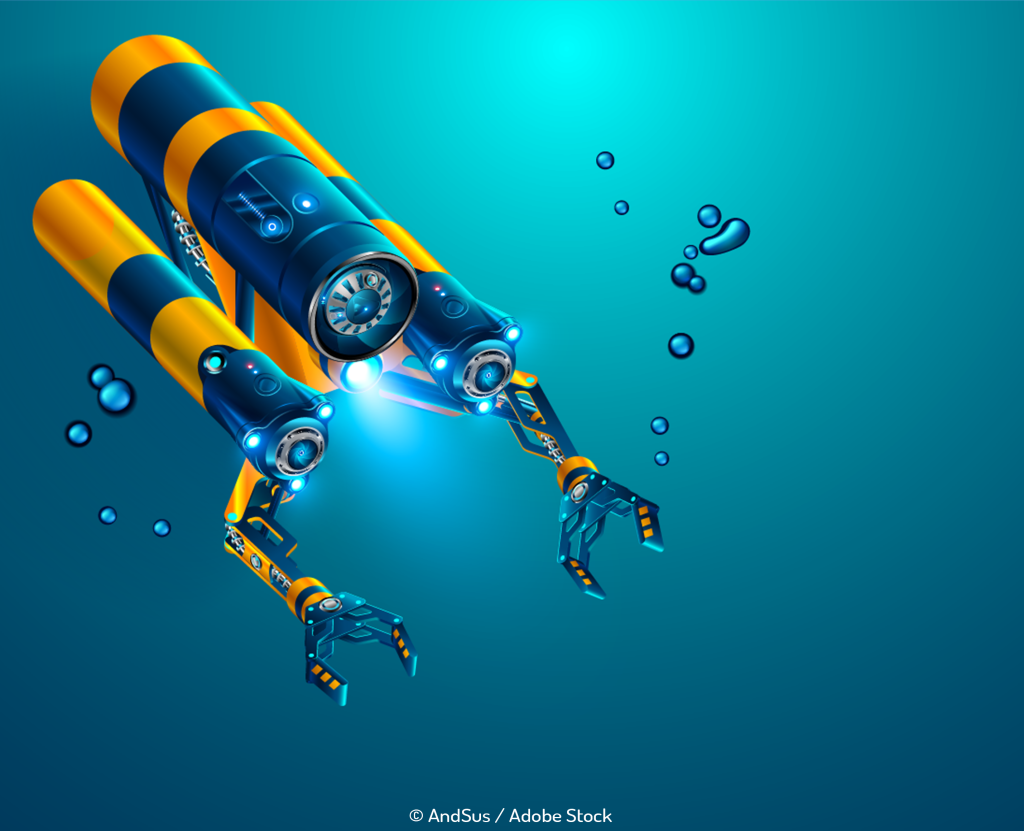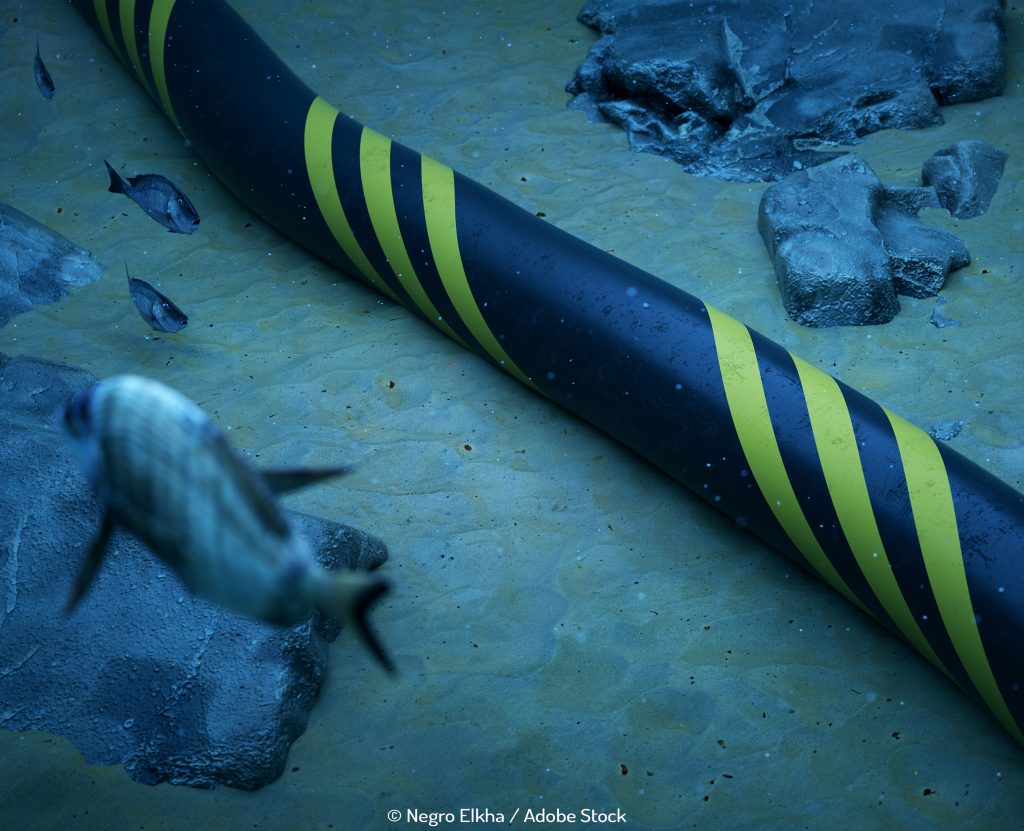
The offshore industry is making significant strides in artificial intelligence and machine learning
The offshore industry has always been at the forefront of technology development. Advances in Remote Operated Vehicles (ROVs), exploration and survey techniques, drilling capabilities and production technologies have driven the industry since it’s earliest days. Now the offshore and wind industries are leading the way in emerging machine learning and artificial intelligence (AI) advances.
In the offshore surveying industry, advances in AI are seeing the introduction of autonomous underwater vehicles (AUVs) to reduce the cost of complex survey projects. Companies such as Rovco are looking to disrupt the survey market with their improvements in machine learning. They have spent four years teaching an AI system to recognise and identify underwater objects. The goal is to utilise AUVs to perform underwater surveys and analyse data in real time, allowing the AUV to make its own decisions based on the AI system. If the AUV identifies a potential hazard, it can stop and perform further analysis, including generating detailed point clouds of the item to enable a realistic 3D reconstruction of the object.
AI is being utilized in the offshore wind industry to help improve load modelling. Denmark’s renewable giant, Orsted, has previously talked about underestimating the wind blockage and wake effects of their farms and other operators are discovering similar issues. Blockage and wake effects are the phenomenon of the wind slowing before and after it passes a turbine. Conventional modelling techniques have struggled to adequately account for these effects, resulting in the potential to overestimate load factors. New analysis methods using AI are helping to more accurately predict these effects. DNV GL has been using AI and machine learning to improve its wind farm analysis suite.
Cranfield University is currently undertaking a research project to improve the maintenance of offshore farms using drones, AI and advanced modelling techniques. They hope that the use of drone inspection, AI for complex fault analysis, data-mining and improved models will result in significant cost and risk reductions. Using advanced sensors for continuous monitoring, Cranfield hopes to teach algorithms to recognise early warning signs of potential problems. A physics modelling tool would analyse the data and provide actionable information to operators who could then dispatch drones (both above and below the waterline) to inspect the asset.
It’s not just in the offshore wind industry that AI is being adopted. Companies in the wider marine business are looking at ways to apply advanced technologies. On the evening of the 18th of November 2018 the Royal Norwegian Navy’s Helge Ingstad, a modern frigate of 5000 tonnes was returning to her home port of Bergen from a NATO exercise when she sailed almost straight into a 100,000 tonne tanker the Sola TS. Amongst other causes, the crew reported that they could not distinguish the tanker from the lights of the oil terminal behind her.
Orca AI is one of a number of companies looking to make accidents like that of the Helge Ingstad a thing of the past. Using AI to interpret ship data, sensors and high-res camera images, the Orca AI technology hopes to provide shipboard personal vital decision support to identify dangerous situations, assess risk and assist in complex navigational channels.
Always looking to push the envelope and never shy of adopting new technologies, it seems the marine, offshore and wind industries will continue to explore the possibilities advanced computational power provides.


